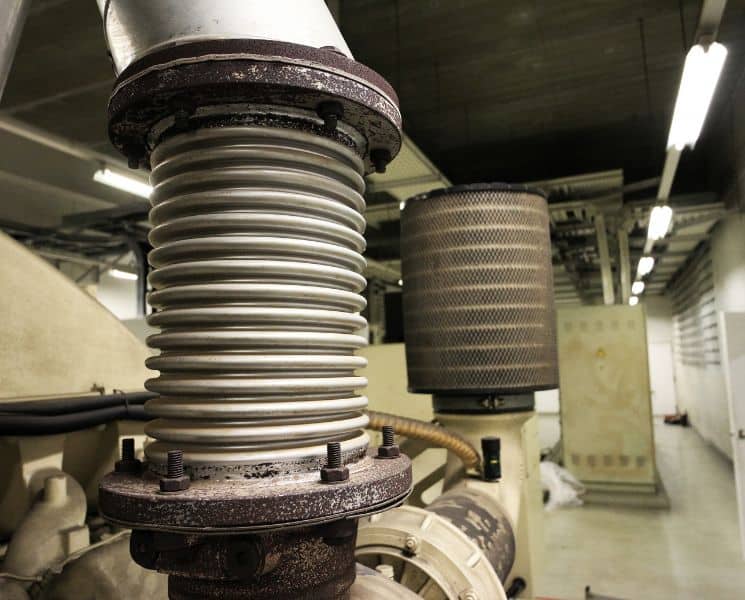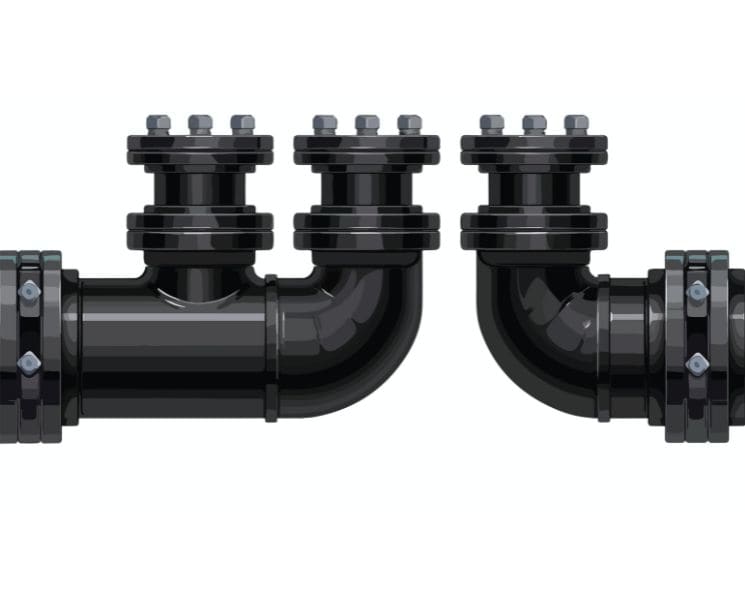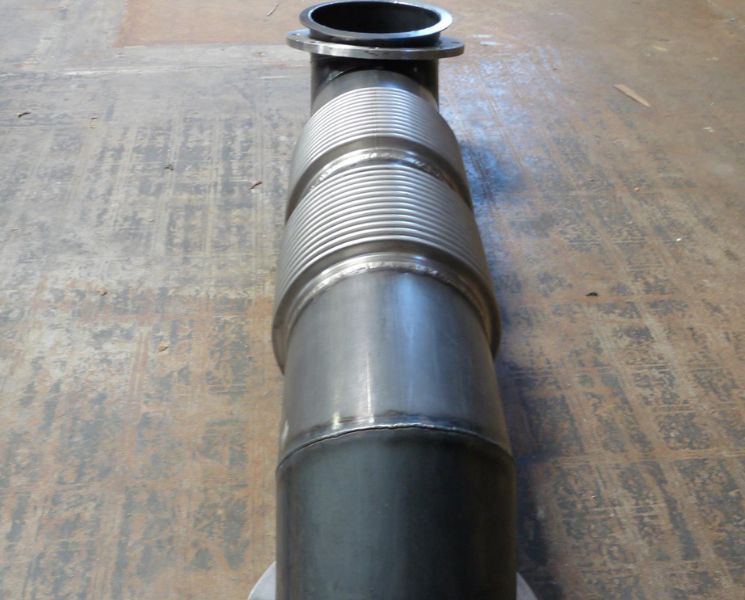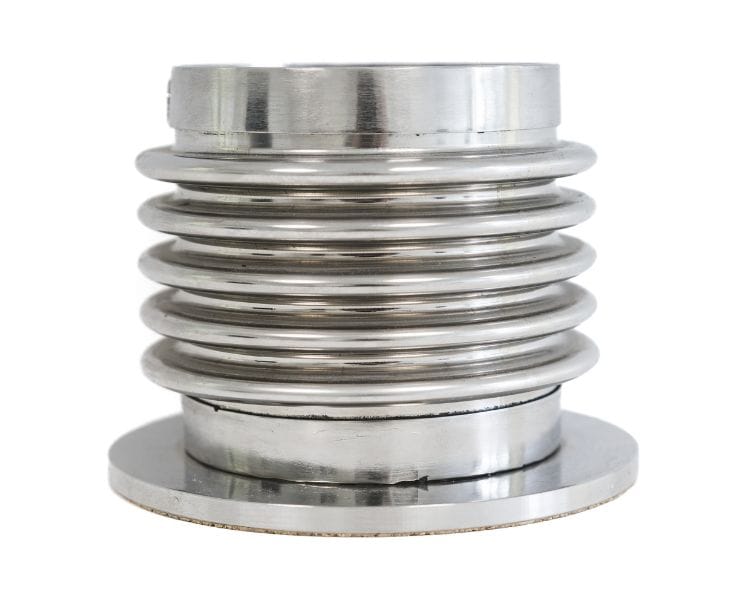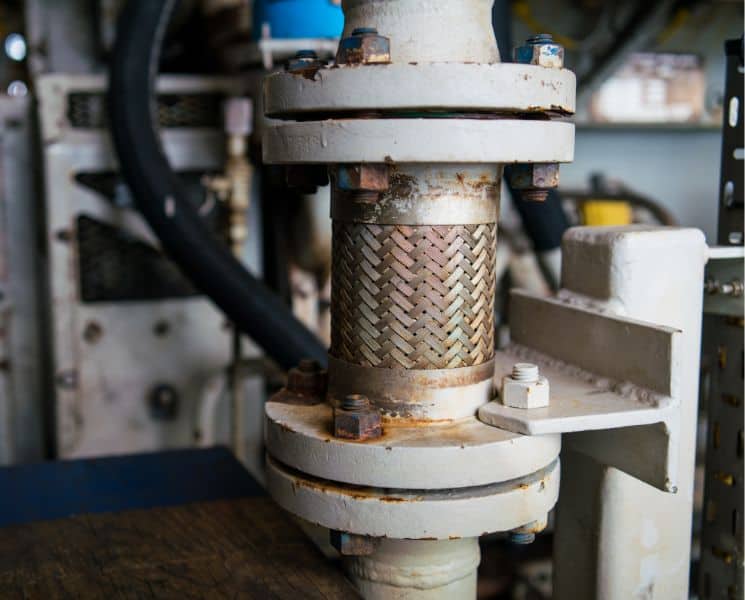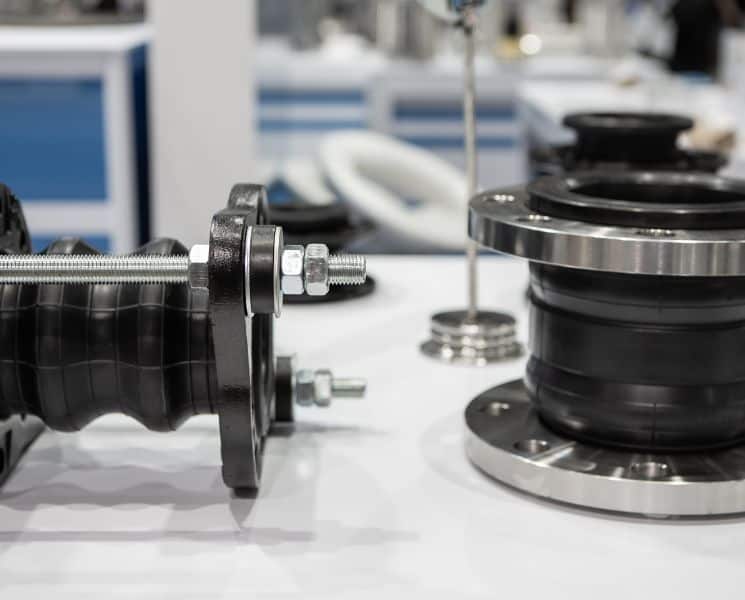When you install an expansion joint, you hope it will take on the thermal expansion that can cause fatigue in your piping system. But all that stress can take its toll on the joint and cause it to fail. Here are several troubleshooting tips for expansion joint failure that will help you get to the root of any issues.
Check Its Age
If one of your expansion joints fails, the reason may be that it has simply reached the end of its usefulness. You can confirm this by determining when someone installed the joint in your piping system.
If you estimate that someone added it 15 to 20 years ago, it is likely that the joint has gotten too old and has depleted its strength. Get a new metal expansion joint so your piping system can return to normal.
Examine for Deterioration
Looking for areas of deterioration is another way you can troubleshoot expansion joint failure. After the joint has stopped working, see if you can find any spots of red or orange on the metal that indicate the joint is rusting. You may even discover areas of mold and mildew as well.
If you see areas of cracking on the bellows, it can be a sign that they failed because of corrosion. These may be hard to see but will look brittle. A reduced ability to absorb expansion and vibrations can also indicate deterioration.
Look for Leaks
A leak is another sign of a significant problem with your expansion joint. Look over the entire joint to see if you see any cracks or other breaks that will allow material to escape. Another way to diagnose this problem is to check if you can hear or smell anything coming through.
Triad Bellows is a reliable manufacturer and supplier of expansion joints and bellows. We can help you with durable joints that will keep your pipe systems running smoothly for a long time. Visit our homepage to learn more!

